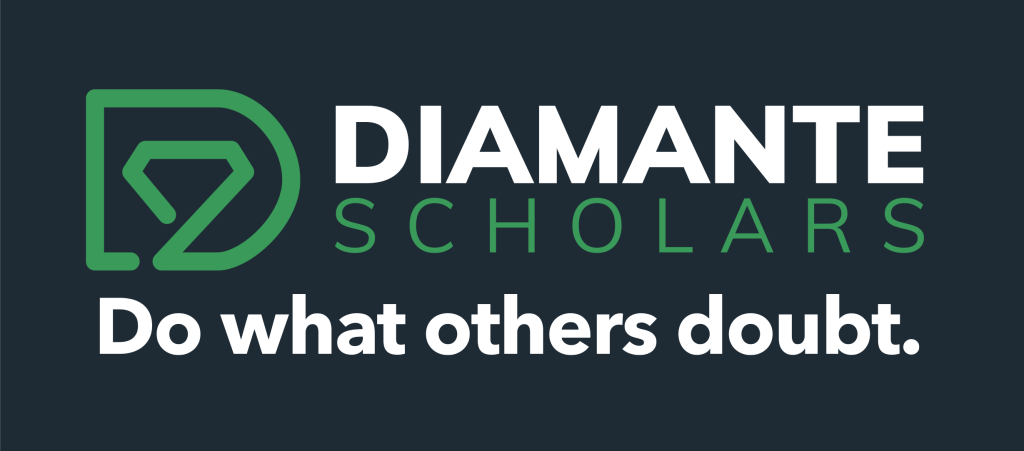By Peter Zaballos
Given most of our energy and attention is focused on life during coronavirus, I thought I would outline a few actions we can all take to preserve our mental health, the relationships around us, and our career integrity.
Stay in tune with coronavirus updates, but sparingly. We all learned this with politics and the election cycle. With 24×7 news cycles, the same angst-enriching programming is served up, continuously. And there is ample research that shows you all this does is create anxiety for you, because you can do nothing about. So be informed, but not obsessed.

Reinforce distanced relationships. We’re all bereft of socializing with friends and colleagues right now. A good friend whom I haven’t seen in a while texted me two days ago. Just to check in. He said he’s intentionally dropping short notes via text and WhatsApp to friends to let them know he’s thinking of them. We had an awesome ten-minute exchange. I am paying that forward. Contact your friends and colleagues, briefly but frequently.
Buy locally, tip generously. While we do rely on Amazon for a lot, we have shifted as much of our spending as possible to local merchants. Grocers, convenience stores, tiendas, restaurants doing take-out. These resources are going to be the backbone of a socially-distanced lifestyle that may last months. Support these folks. Tip generously. I mean 50%-100% generously.
Exercise – in your home, outside if you can, safely. There are awesome exercises you can do in your home, without equipment. Do this – it will given you a break from work and keep your mind and body healthy. If you can go outside, do it safely, if you are allowed to. Research shows that getting out – in a safe manner – can help you manage your mood and overall well being. It’s one of the reasons why victims of the Spanish Flu were often treated outdoors. Sunlight and fresh air truly are medicine.
Prepare for a lot of change, and a lot of friends’ change. And light touch reconnections is a good foundation to lay for helping you and your friends cope with a significant amount of change. The gig economy worked great in a boom market, but we are going into a profound recession, and those same jobs that are easily added are being easily shed. I have a lot of friends who are freelancers and consultants. Those fields are going to see significant employment reductions as well.
This last one is perhaps the most important. No matter where you work or what you do, people are going to be losing jobs or having hours reduced. I have checked in with my friends in the VC community and they are handling this environment the same way we did at FTV in 2008: freeze hiring, scrutinize budgets, eliminate unnecessary spending, and conserve cash.
And that’s just for the tech sector. The hospitality industry is being fundamentally gutted right now. Everywhere you look demand is drying up, which means business will either forcibly or voluntarily close, and people — friends, friends of friends, neighbors — will be out of work or at risk of losing their jobs.
In this time of need, your friends and neighbors will need you to help them cope, help them find their path, help them find their place of calm. This is when the best can show up in you and the people around you.
Be the catalyst, be the hope, be the inspiration.





